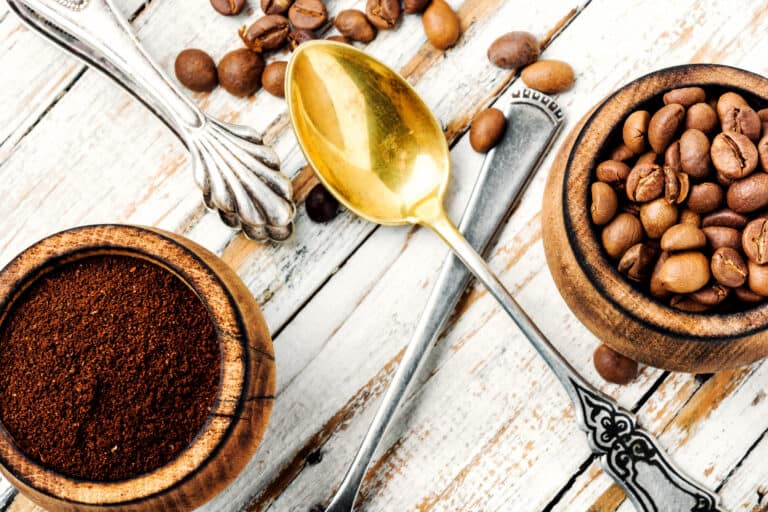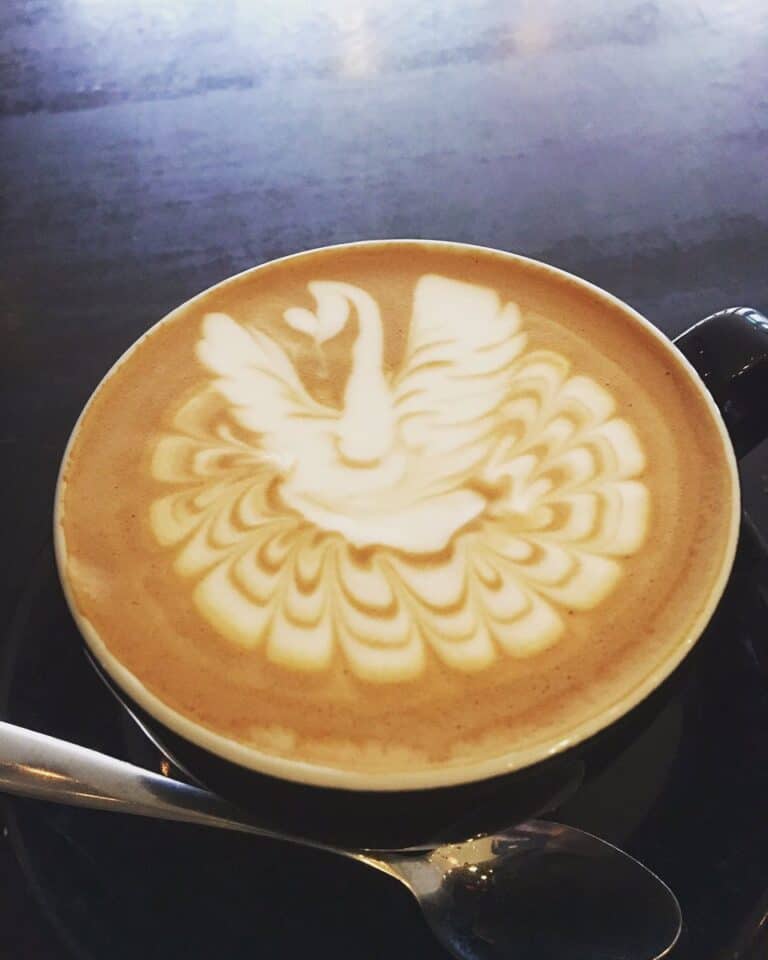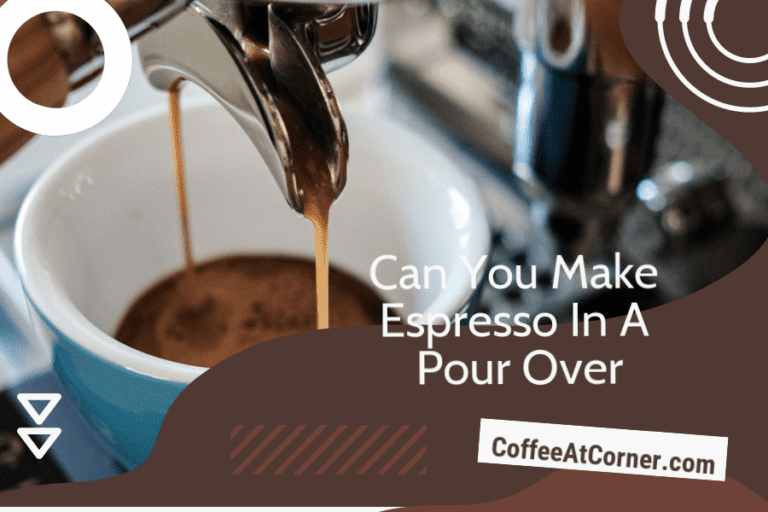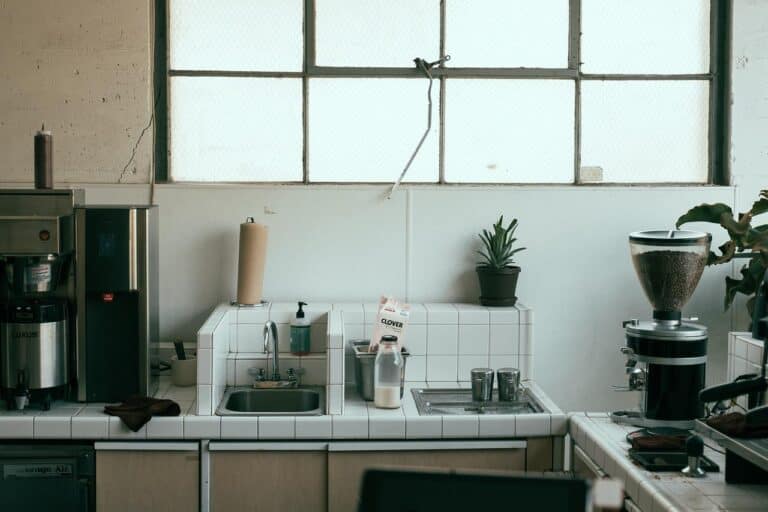Are Coffee Beans and Espresso Beans the Same?
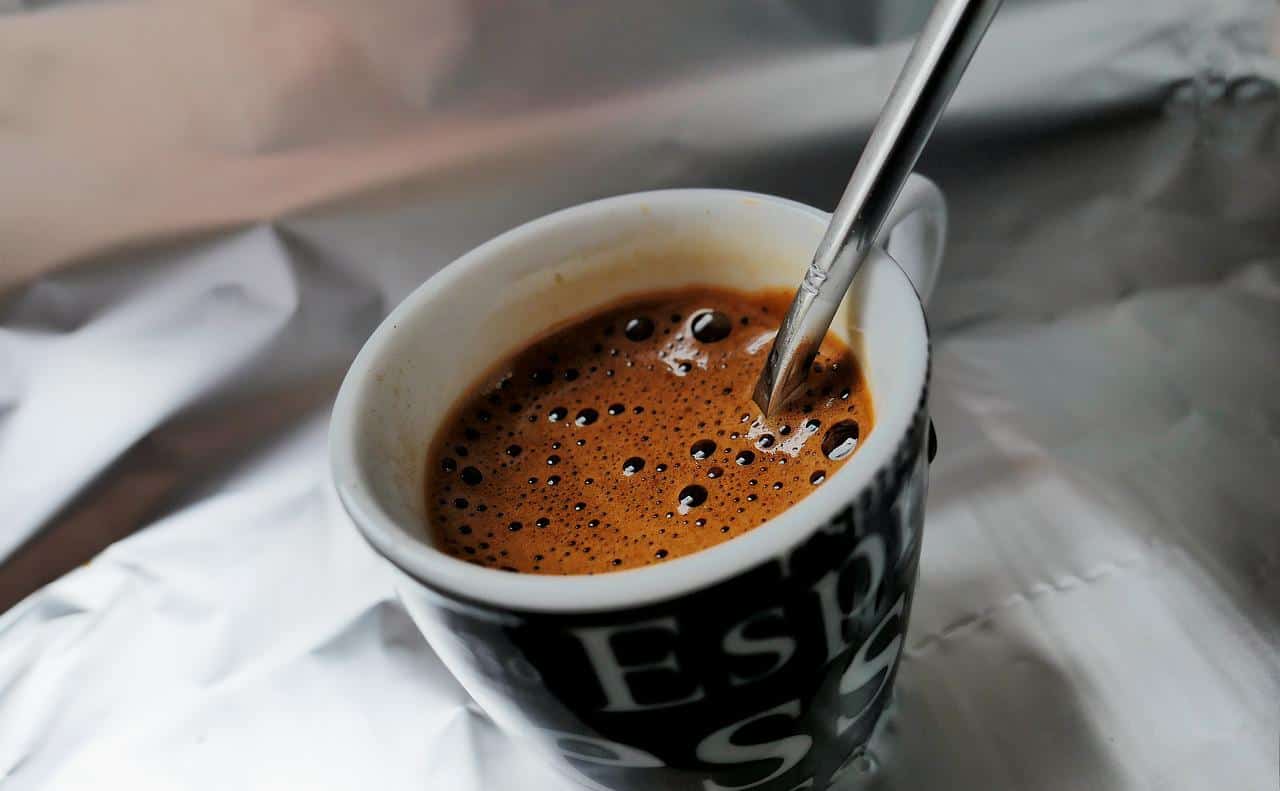
The overwhelming majority of people in the United States drink coffee every day. Whether it’s with their morning meal, snacks, or desserts, coffee is a popular beverage.
In fact, some surveys have even shown that drinking coffee is more popular than alcohol among American adults.
If you’ve wondered whether you can substitute one type of bean for another when making your favorite beverages, you’re not alone.
The short answer is no—coffee beans and espresso beans are not the same thing. However, there are a few companies and roasters who produce blends of beans that are comparable to what you might find in an Italian espresso bar or high-end artisanal roast.
To understand why and how different companies produce blends of beans that taste like regular coffee but look like espresso, we’ll take a look at the main differences between these two types of bean and how companies create blends to simulate these drinks in other ways.
What is an espresso bean?

An espresso bean is a small brown coffee bean that has been roasted to the point where it takes on a characteristic flavor and appearance.
The process for roasting an espresso bean is quite complex and requires intense temperatures in order to create the desired flavors.
An espresso beans has a condensed, dense, hard shell with very little or no oil inside.
The aromatic oils are contained in the outer layer of the bean. The inner part of the beans is dark brown to blackish and contains tiny amounts of caffeine as well as other compounds that contribute to its distinctive taste.
Espresso beans are about one-third larger than regular coffee beans and have a distinctive shape that resembles a pea or marble.
They also have uneven surfaces with many ridges, which gives them their unique texture when ground up into coffee (think of those little bumps on your tongue when you eat an ice cream cone).
What is a coffe bean?
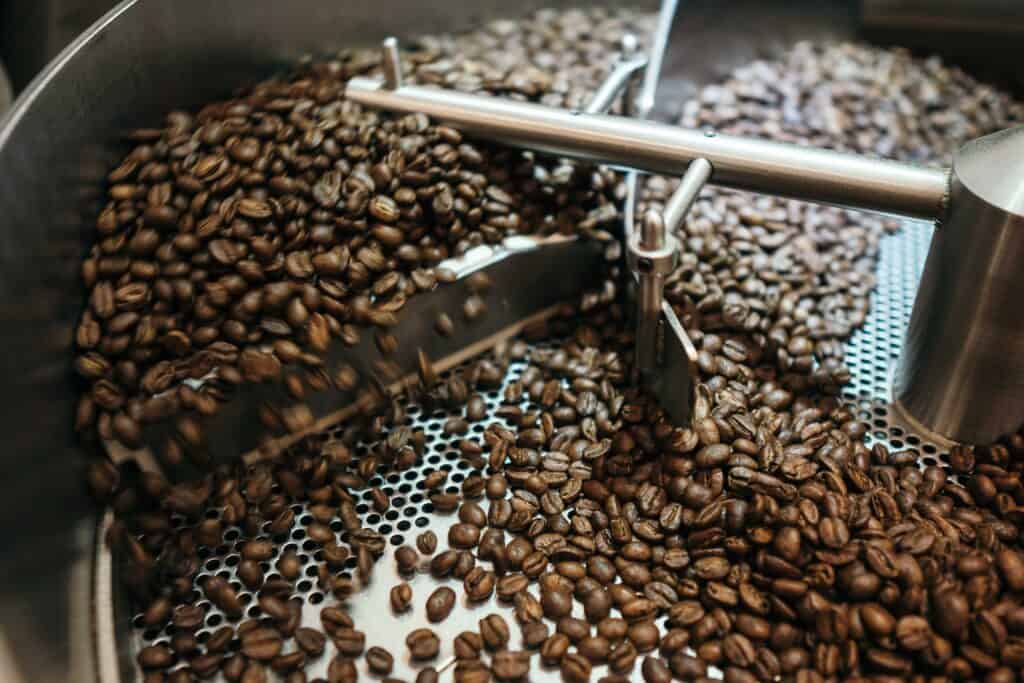
A coffee bean is the seed of the coffee plant. It is typically sold in its natural form, meaning that it doesn’t have any added flavorings or other ingredients added to it.
The coffee bean is mostly composed of two main components: the outer layer, called the pellicle, and the inner part, called the bean.
The pellicle is a thin protective layer that covers most of the beans surface and forms during roasting. The pellicle can also be used as a filter to make “espresso” coffee by removing particles from your beverage.
The first thing that you notice when tasting coffee is its flavor. Because of this, coffee beans are typically roasted at high temperatures until they are richly flavored—different roasters use different techniques to achieve this goal.
The process of roasting the beans changes their color and texture as well as influences their taste, aroma, and caffeine content levels.
Coffee beans are not actually seeds but rather fruits inside a berry-like case known as a drupelet (also referred as an achene).
The 3 main components of a coffee blend
A coffee blend is a mixture of different kinds of coffee and other ingredients.
The three main components that make up a coffee blend are coffee beans, coffee grounds or filters, and water.
As you might imagine, the way these three components are combined can affect how your beverage tastes.
For example, when you use high-quality espresso beans, they will extract more flavor in your drink than lower-quality beans would.
This is because a higher quality bean will have more oily substances and oils on the inside. Despite this, it’s important to note that lower-quality beans can still produce good results if they are roasted properly.
Each different blend has its own unique flavor profile as a result of blending all three components together in different ways.
Even if a company only uses one type of bean to make their blends, it will probably be very different from another company who uses multiple types of beans in their blends.
For example, roasters might use specialty cocoa or honey to create chocolate flavors with their blends.
How to Identify Espresso Blend Coffee Beans
Espresso beans are grown from a specific variety of coffee plant.
They are tiny and soft, and they are highly acid-resistant. When the bean is roasted, it turns dark brown to black and is used in creating espresso beverages.
When you’re shopping for espresso blend beans, the key thing to look for is the ratio of beans that are used in the blend. The most common ratio among blends is 70% arabica beans and 30% robusta beans.
This type of blend creates a drink that looks like an espresso beverage but has less bitterness than what you might find at an Italian coffee bar or artisanal roaster.
If you want to buy something similar to this type of blend, look for companies online who specialize in making blends of coffee using these ratios.
Or, there are even some brands who sell their proprietary blends under names like “Seattle’s Best Coffee” or “Starbucks Coffee Coffea Arabica Blend” which can be identified by this signature coffee name on the bag or canister packaging.
The pros and cons of espresso blend coffee
Espresso blend coffee is made with espresso beans and a dark roast. T
his is because the espresso bean needs a darker roast to give it a strong, bold flavor.
The darker roast also creates less acidity in the cup of coffee than light roasts do. Because of this, espresso blends are not as acidic as regular coffee.
The pro of drinking espresso blend coffee is that they have a clear, rich flavor that can be enjoyed all day long. They are also low-acidic which means they don’t cause stomach upset or indigestion like other coffees do.
The con of drinking espresso blend coffee is that there’s less bean taste in the cup than regular beans do.
With an espresso blend, you’ll notice more sweetness from the cocoa powder and sugar used to make these blends instead of pure black coffee beans.
This makes them more similar to sweetened beverages such as lattes or hot chocolate than traditional black coffee.
Conclusion
One word: no. Sure, espresso beans are a type of bean, but they are not the same as coffee beans.
Espresso beans are made from the arabica coffee plant that is specifically cultivated for the high-pressure extraction process.
Coffee beans, on the other hand, are made from the robusta coffee plant, which is not as expensive to produce and is better suited for brewing at lower pressure levels.
In fact, you would need to grind more robusta beans to brew an espresso than it would take to make a cup of coffee.
So next time, be sure to ask your barista what type of beans they use before ordering!
